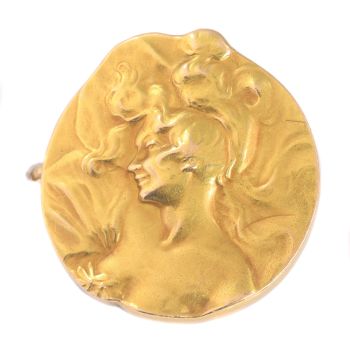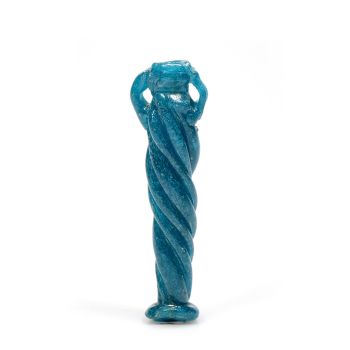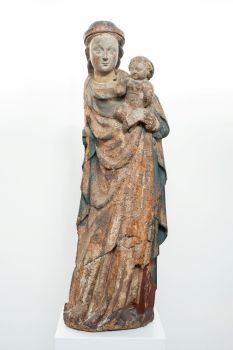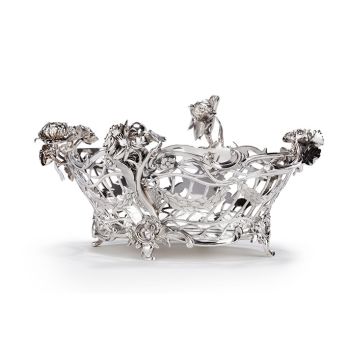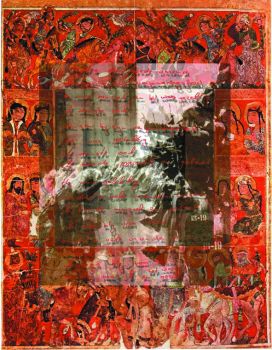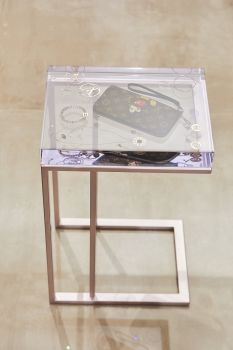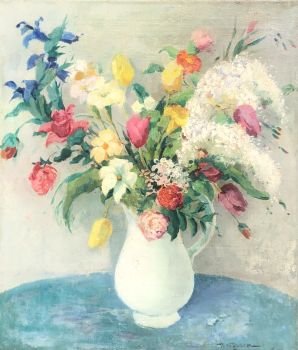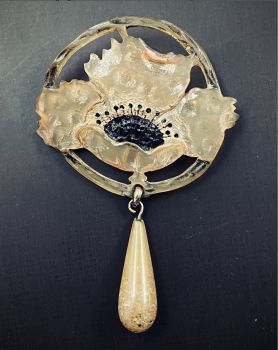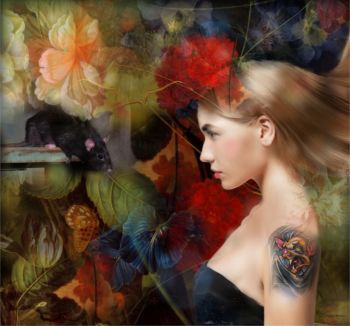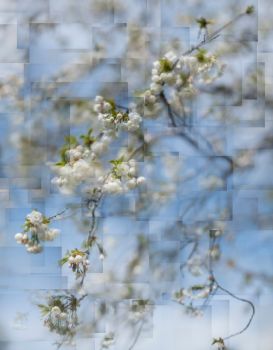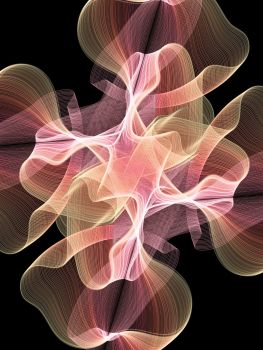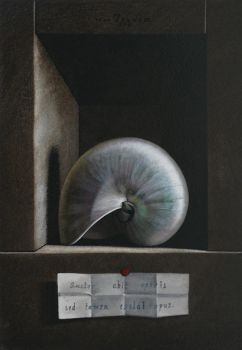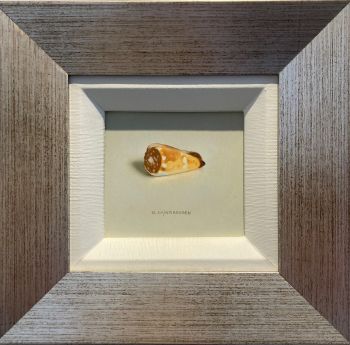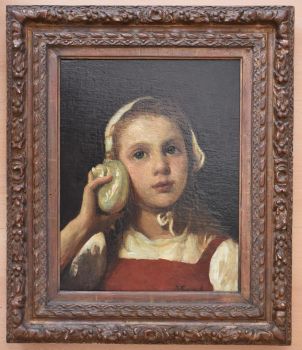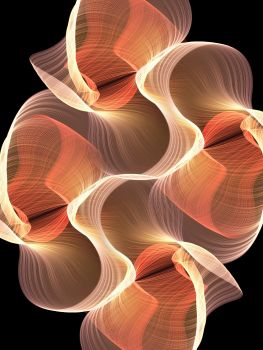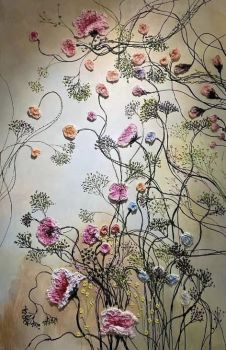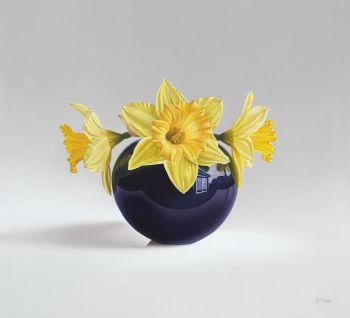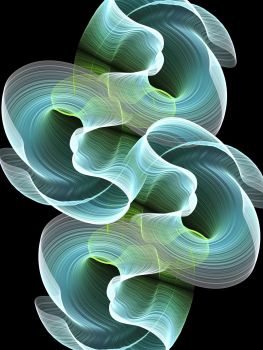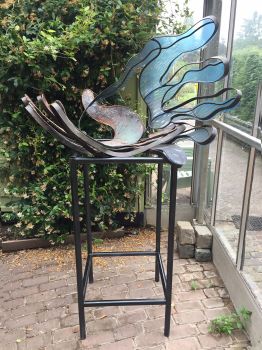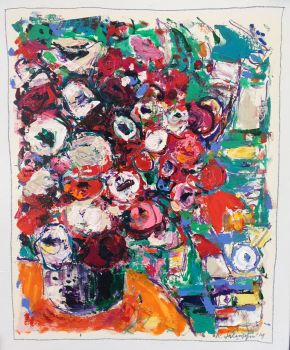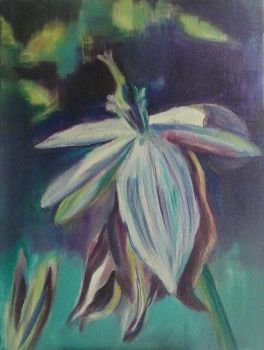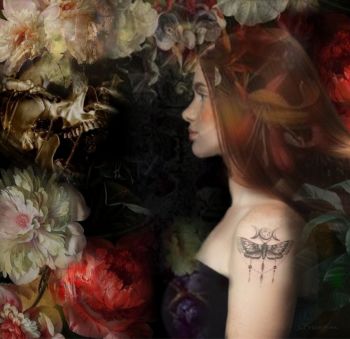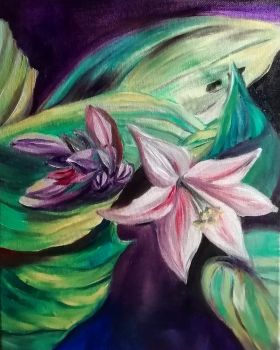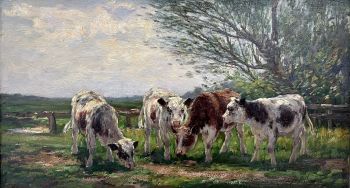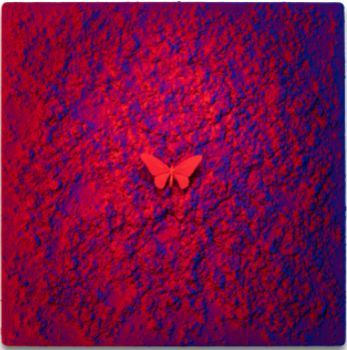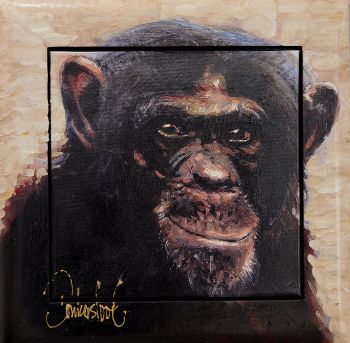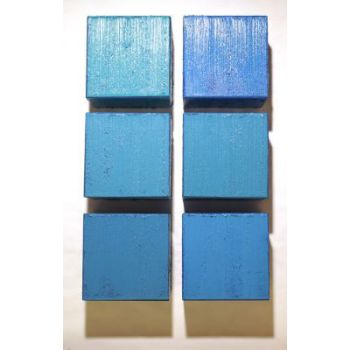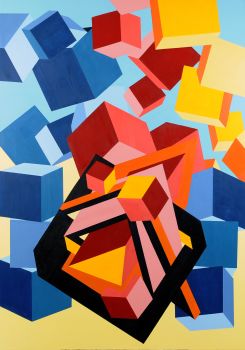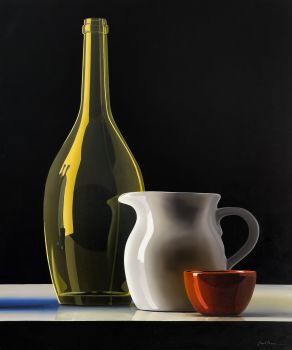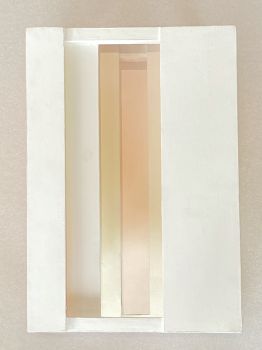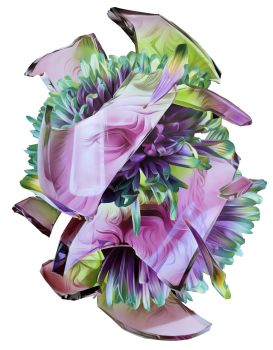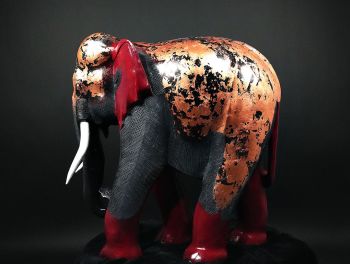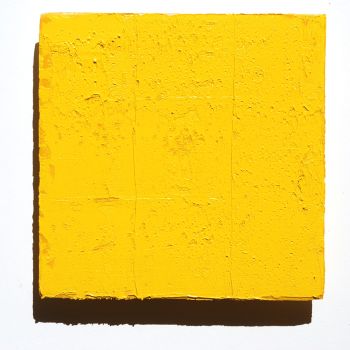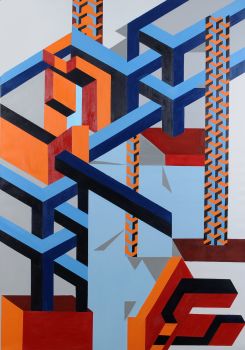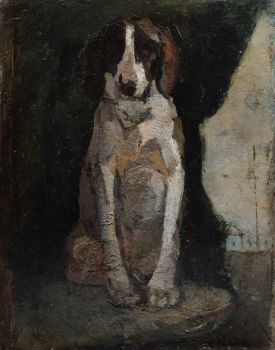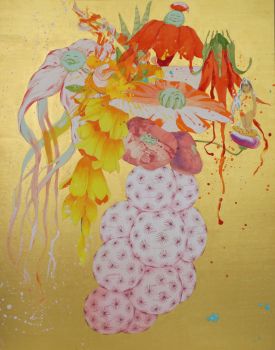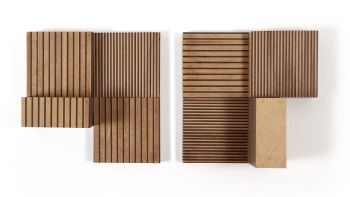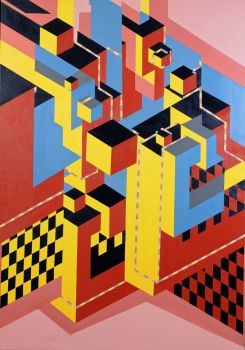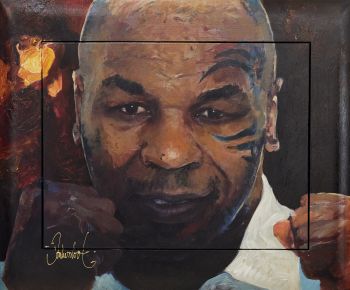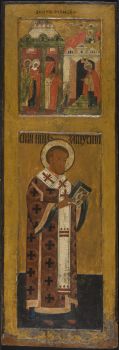Dutch Louis XV Mirror 1740
Unknown artist
GiltwoodWood
190 ⨯ 91 cm
Currently unavailable via Gallerease
- About the artworkA large Dutch Louis XV mirror with an exuberantly carved frame of gilt limewood. The mirror has a waisted shape with an extravagant rocaille crest of seven acanthus leaves curling upward. The crest is flanked by two dragons with curling tails. The frame is decorated with, partly openwork, woodcarving.
The lower part of the mirror has large openwork areas framed in stylized leaf motifs. A rocaille running over the middle gives the impression that the mirror is divided in two parts. The middle of the rocaille is decorated with another dragon. The mirror expresses an extremely rich and airy character.
This exceptional specimen has a very unusual form. Probably the artist found his inspiration in English sources.
Throughout the eighteenth century mirrors are put up over the fireplace or between windows. As such they were an integral part of the interior. Often mirrors were flanked by wall sconces or candelabra to get maximum benefit of the candle light. Large mirrors were costly in the day and were the showpieces in an interior to demonstrate wealth. - About the artist
It might happen that an artist or maker is unknown.
Some works are not to be determined by whom it is made or it is made by (a group of) craftsmen. Examples are statues from the Ancient Time, furniture, mirroirs, or signatures that are not clear or readible but as well some works are not signed at all.
As well you can find the following description:
•“Attributed to ….” In their opinion probably a work by the artist, at least in part
•“Studio of ….” or “Workshop of” In their opinion a work executed in the studio or workshop of the artist, possibly under his supervision
•“Circle of ….” In their opinion a work of the period of the artist showing his influence, closely associated with the artist but not necessarily his pupil
•“Style of ….” or “Follower of ….” In their opinion a work executed in the artist’s style but not necessarily by a pupil; may be contemporary or nearly contemporary
•“Manner of ….” In their opinion a work in the style of the artist but of a later date
•“After ….” In their opinion a copy (of any date) of a work of the artist
•“Signed…”, “Dated….” or “Inscribed” In their opinion the work has been signed/dated/inscribed by the artist. The addition of a question mark indicates an element of doubt
•"With signature ….”, “With date ….”, “With inscription….” or “Bears signature/date/inscription” in their opinion the signature/ date/ inscription has been added by someone other than the artist
Artwork details
Related artworks
- 1 - 4 / 12
Unknown artist
A Surinam-themed Amsterdam long-case clock1746 - 1756
Price on requestZebregs & Röell - Fine Art - Antiques
 Curated by
Curated byGallerease Magazine
1 - 4 / 17Unknown artist
A IVORY NETSUKE OF A DUTCHMAN HOLDING A COCKEREL18th century
Price on requestZebregs & Röell - Fine Art - Antiques
Unknown artist
AN IVORY NETSUKE OF A DUTCHMAN FROLICKING WITH A SMALL BOY18th century
Price on requestZebregs & Röell - Fine Art - Antiques
1 - 4 / 24- 1 - 4 / 24
- 1 - 4 / 24



